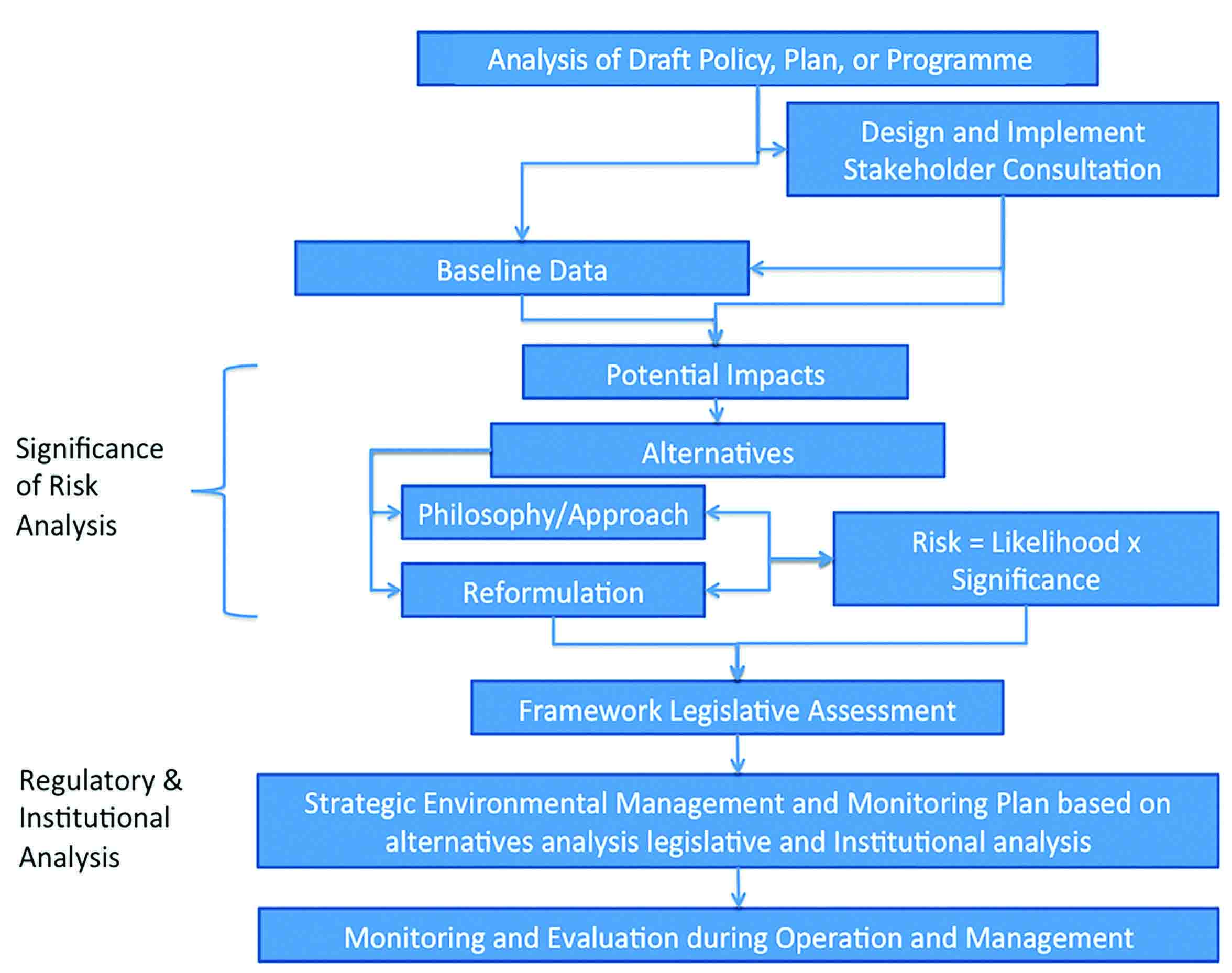Service
Strategic Environmental and Social Assessment (SESA)
Service
Strategic Environmental and Social Assessment (SESA)
Strategic Environmental and Social Assessmen
A Strategic Environmental and Social Assessment (SESA) is a systematic process for evaluating the environmental implications of a proposed policy, plan or programme and provides means for looking at cumulative effects and appropriately address them at the earliest stage of decision making alongside economic and social considerations.
SESA process commences with the analysis of the Draft proposed policy, plan, or programme. The information gained from this analysis guides the collection of baseline data, which is designed to provide information on the potential environmental and social impacts related to implementation of the Draft proposed policy, plan, or programme.
The analysis of the Draft proposed policy, plan or programme also guided the conduct of the Stakeholder Consultations.
The simultaneous collection of baseline data and consultation with the stakeholders provides information that facilitated the identification of policy, plan or programme and development alternatives. The alternatives to the draft policy, plan or programme are based on changes in the philosophy and approach to the policy, plan, or programme objective and to the reformulation of the categories. The potential cumulative impacts are assessed for each alternative to identify the alternative that had the least severity of impact to determine which alternative impact combination is acceptable or acceptable with mitigation, or unacceptable.
Although the flowchart depicts the analysis of the legislative and institutional environments as occurring after the Risk Analysis, this analysis begins at the same time. The information obtained through the data collection and the stakeholder consultations are used to guide the legislative and institutional analysis. The purpose of the legislative analysis is to determine the legal authority that the government must regulate and enforce measures to prevent potential environmental impacts, to enforce the legislation and to identify the capacity that the relevant government institutions must monitor and manage potential environmental impacts. Areas where different policies and legislations conflict each other were identified and proposal for harmonization suggested.

